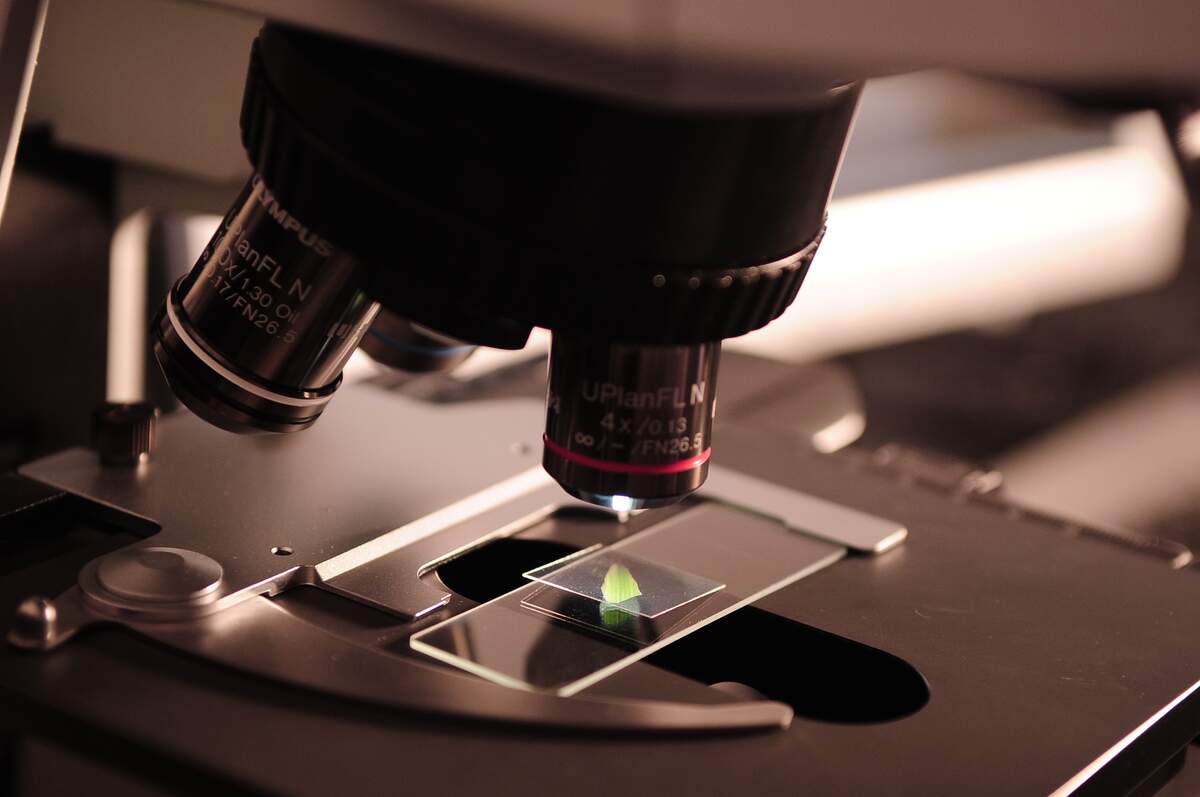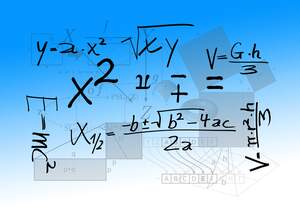

National Periodic Table Day
Also known as
Periodic Table Day
Observed
annually on February 7th (since 2016)
Dates
Founded by
David T. Steineker in May 2015
Hashtags
Sources
https://pubchem.ncbi.nlm.nih.gov/periodic-table/#view=table
https://www.compoundchem.com/2017/02/07/national-periodic-table-day/
https://www.freepressjournal.in/world/national-periodic-table-day-2022-history-facts-and-all-you-need-to-know-about-the-periodic-table
https://www.livescience.com/25300-periodic-table.html
https://www.periodictableday.org/
National Periodic Table Day, or Periodic Table Day, pays tribute to the periodic table—also known as the periodic table of elements—and the scientists who created it. It's a day to explore more about the periodic table and scientists like John Newlands and Dmitri Mendeleev, and also a day to celebrate the chemists who discovered elements on the table. The day was created by David T. Steineker, an author, inventor, and chemistry teacher.
National Periodic Table Day takes place on the anniversary of the date in 1863 when John Newlands published his periodic table of elements. His goal was to organize the elements in a way so that a more accurate prediction of chemical reactions could be made. Newlands' table contained 56 elements and was the first to introduce the law of octaves.
February 7 also happens to be the date before the birthday of Dmitri Mendeleev—born on February 8, 1834—a Russian inventor and chemist who is known as the "father" of the periodic table and is the scientist most associated with it. To pass the time while traveling by train, Mendeleev began sorting elements by their properties. He found groups of elements that had similar properties, and arranged elements by their atomic weight and valence electrons, but also found exceptions to the patterns. He also predicted that elements must exist that were not yet known.
Centuries earlier, the first elements to be identified were gold, silver, tin, iron, lead, mercury, copper, carbon, and sulfur. New elements have been discovered as recently as the twenty-first century, bringing the total number of elements to 118, and scientists continue to try to create more. Lab experiments resulted in the creation of 24 of the elements, while the other 94 were discovered naturally. Elements are listed from left to right and from top to bottom, in order of their increasing atomic number. An atomic number is reflective of the number of protons in an atom's nucleus, which usually coincides with an increase in atomic mass. Horizontal rows are called periods. Each period number distinguishes the number of orbitals of electrons in that row. Vertical rows, known as columns or groups, have elements with the same number of valence electrons, which means electrons in their outermost orbital shell, behave similarly chemically.
The International Union of Pure and Applied Chemistry (IUPAC) (read as eye-you-pack) officially proclaims elements and manages the periodic table. They decide what needs to be changed, give temporary names and symbols to new elements, and give official names if the element is validated. They evaluate atomic weights and isotopic abundances of elements, and they assign collective names (like actinoids and lanthanoids) and group numbering. Whether well-known elements like hydrogen or oxygen or lesser-known ones like Moscovium or Tennessine, all have a home on the periodic table, and today we celebrate the table, those who created it, and those who discovered elements on it.
How to Observe National Periodic Table Day
- David T. Steineker, the day's founder, suggests choosing an element and determining how it was discovered, then promoting who discovered it and how it impacts your life using social media.
- Learn more about the scientists who created the periodic table, like John Newlands and Dmitri Mendeleev. Perhaps you could pick up a book like Mendeleyev's Dream: The Quest for the Elements or Mendeleev on the Periodic Law: Selected Writings, 1869-1905.
- Check out information about the periodic table of elements from IUPAC or the National Library of Medicine.
- Get yourself a poster of the periodic table of elements.
- Read a book about the periodic table of elements.





















